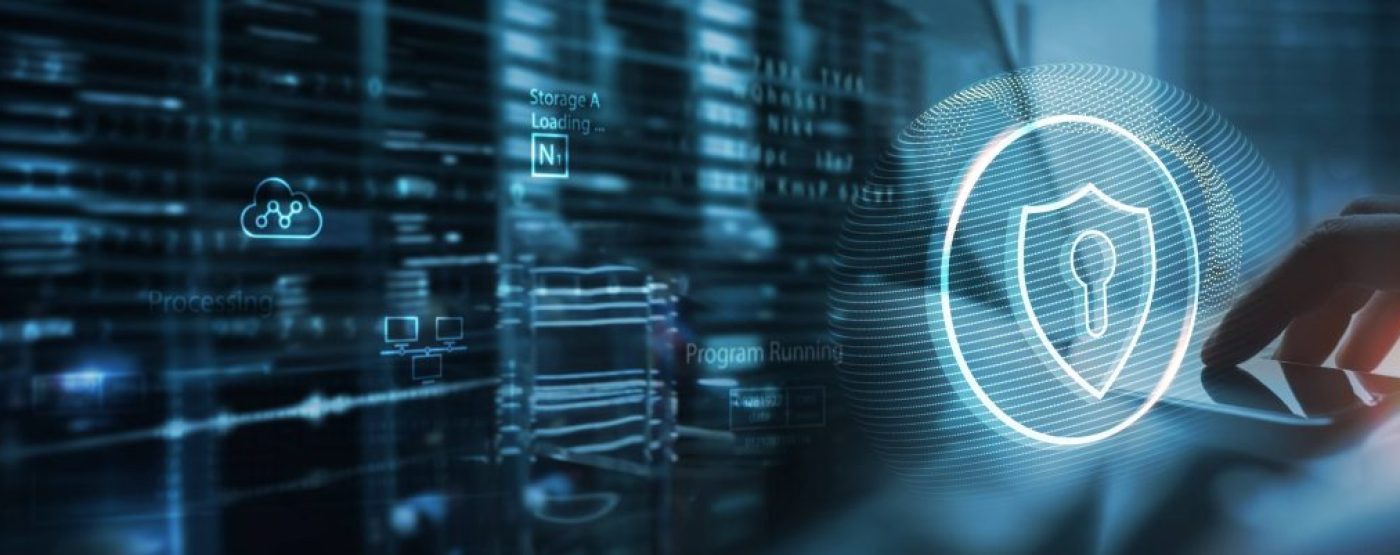
There isn’t any better way to disrupt a company’s operations than breaking into its systems and stealing sensitive data. And there isn’t any effective solution to deal with such increasing breaches than implementing SIEM aka security incident event management. SIEM empowers businesses by detecting threats in real-time, analysing security data, and automating responses to potential breaches. This guide will dive into SIEM and help you understand how, by providing deep visibility into an organisation’s IT infrastructure, it can be a comprehensive solution to current cyber problems.
Security information and event management, known popularly as SIEM in short, is an effective cybersecurity solution that collects, analyses, and correlates security data from various sources. If you're wondering what does SIEM stand for, it refers to Security Information and Event Management. Unlike other cybersecurity approaches, however, this is used to detect and respond to threats in real-time. SIEM tracks logs, monitors events, and uses threat intelligence to improve security. In addition, it also helps with quick incident response and compliance, making it a key part of modern cybersecurity.
SIEM systems are critical for modern businesses, especially as cyber threats are rising day by day. With security teams receiving thousands of alerts daily, not talking about the major enterprises where the number could go higher, keeping up with them is nearly impossible. Yet, ignoring these alerts isn’t an option as cyber threats become advanced and more dangerous over time.
But that’s where the security information and event management (SIEM) system comes in handy, ensuring no critical threat is left by your organisation. SIEM security helps teams in a number of ways. In particular, this can be used to sort through alerts faster and work on the threats more effectively. With SIEM, not only can security teams stay ahead of these advanced attacks, but it also allows them to maintain proper device protection, eventually lowering potential losses.
To manage threats efficiently and help with security response, security information and event management have been designed in a way that aligns with the current businesses' needs. SIEM solutions collect logs and analyse security events, including other crucial data, to work on potential threats as well as help with compliance.
Mainly, siem technologies were earlier used by large companies for compliance. But things have changed now. Over time, businesses of all sizes, including small ones, have realised its value in detecting threats. Security information event management siem platforms are now referred to as a crucial security tool, helping organisations stay ahead of cyber threats and protect their data more effectively.
It includes several tools, each with its own use and benefits. For instance:
SIEM Tools | Uses |
Splunk Enterprise Security | Real-time monitoring and advanced threat detection. |
IBM QRadar | AI-powered analytics for detecting and responding to threats. |
ArcSight ESM | Centralised log management and security event correlation. |
LogRhythm SIEM | Automated threat detection and rapid incident response. |
Microsoft Sentinel | Cloud, with AI-based security solutions. |
RSA NetWitness | Deep packet inspection and real-time threat intelligence. |
From detecting to analysing, SIEM shares a crucial role in current cybersecurity. Moreover, it is used to effectively respond to emerging threats, such as phishing, blagging, malware, or any other form of cyber attack. If you're wondering what is SIEM in cyber security, it stands for Security Information and Event Management, a system designed to monitor, detect, and respond to security incidents in real-time.
However, SIEM has several core functions, including:
SIEM security offers several benefits to current organisations. For example:
There are only a few cyber solutions, like security incident event management aka SIEM, that can help businesses deal with the current issues. By centralising security data, automating responses, and using advanced analytics, SIEM can strengthen organisations. It can provide a robust solution that focuses on all the cyber essentials, including devices and networks. Ultimately, it’s becoming more of a necessity for getting ahead, not just of cyber threats but competitors as well.